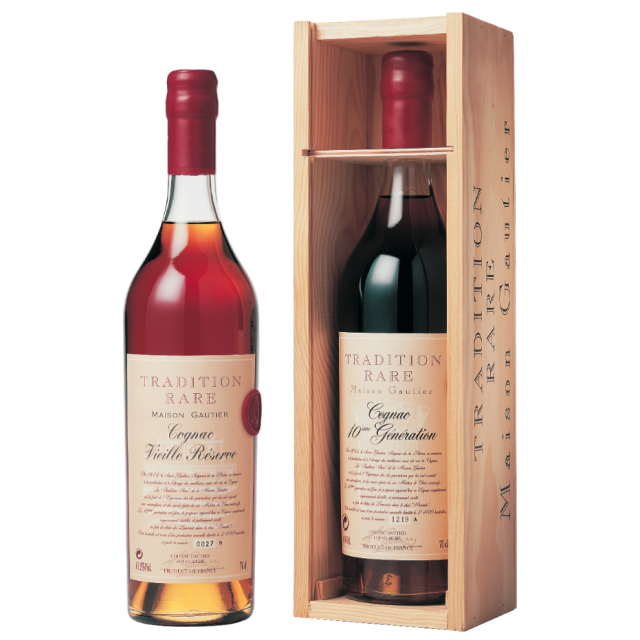
The Bottle Story – Gautier
Cognac Gautier has just released its XO Gold & Blue and Tradition Rare expressions. Once upon a time Gautier was held in very high regard as a cognac producer but now it is owned by Jemaco, who specialise in Pastis, and is not so well known. The XO Gold & Blue was recently voted the World’s Best Cognac, quite an accolade indeed, but don’t forget like most others XOs, it can surely only claim to be the best Blended Cognac? It should be compared against one of the few XOs we stock – Fontpinot – a rare, single domaine XO… Read more

David on Technical Topics – Pineau
Many of us travel to France in the summer holidays and diligently search out local products which are unique to the area we are visiting and Pineau des Charentes, with its rich and often sweet properties, is perhaps the one which interests us most. We ask “what is it?” and the answer “Pineau” does nothing to reassure us. We ask, “is it a wine or a brandy?”, ”is it like a sherry or a port?” and the answer still comes back, “Pineau”! Pineau is unique as indeed sherry or port are in their respective countries. It is a combination of… Read more
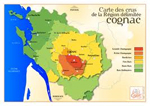
The Charente Scene – Winter 2016
Very much as expected, the grape harvest in 2015 is producing one of the best and biggest quantities of distilled spirit ever. It looks like the total will be well over 800,000hl, indicating a record year. Despite this, many distillers are fearful of a new demand on cognac from export markets, especially the USA where a record 4.3 million cases (51.6 million bottles) were sold last year. The US market is predominantly led by Hennessy whose share is 67%, the majority of which is of VS quality. It has been made popular by influential rappers such as Nas and Jay-Z… Read more
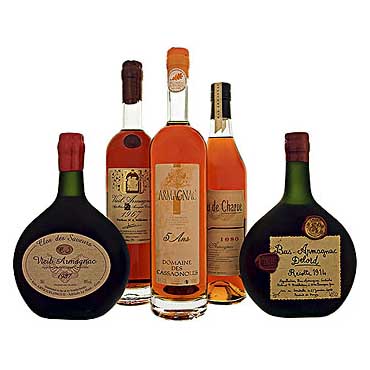
2015 – A Good Year for Armagnac
According to the regulatory body representing Armagnac producers, the BNIA (Bureau National Interprofessionnel l’Armagnac), Armagnac distillation started on 8 October, the earliest date in living memory. Favourable weather conditions in the spring got the vines off to a good start. This was followed by a very hot July, and then the “right” amount of rain in August, which helped to speed up grape maturation. As a consequence, harvesting started two weeks earlier than usual on 10 September. “It is important to harvest early as the producers are looking for wines that are high in acidity and low in alcohol for… Read more
The Ageing of Cognac Inspires Film
Directed by Robert Rodriguez, the appropriately named ‘100 Years’ envisages what Earth will be like a century from now. The film was inspired by the cognac production process, where the best cognacs are aged in cellars, untouched, for decades, only to be enjoyed by a future generation. So grapes that were harvested and distilled in 2015 will be left in oak barrels to age for up to 100 years. Vintage cognacs are only bottled once they have reached their optimum maturation, which is usually when the next generation is in charge! The film follows the same concept. It has been… Read more
Hermitage 1966 Grande Champagne Cognac
The New Year is traditionally the time to consider all things new – like the latest vintage from Hermitage Cognacs. It is 50 years since the Hermitage 1966 Grande Champagne Cognac was distilled. Aged to perfection in oak barrels, only a few bottles of this precious treasure remain. Rare, complex and with incredible balance, this cognac makes a fantastic gift for a 50 year old birthday or anniversary, or to commemorate something special that happened in 1966… like England winning the World Cup!
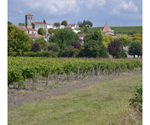
The Land and The Vines Part 2 – The Vines
By the turn of the 19th Century, Ugni Blanc had replaced Folle Blanch and Colombard as the most widely used grape for producing Cognac. Grafted onto a new rootstock it helped the Cognaçaise rebuild their industry after the Phylloxera outbreak. At about the same time producers started to plant their vines in rows, rather than the uneven bush planting method used previously, and a greater concentration of vines per hectare was achieved. More recently this has enabled the use of grape-picking machines and with careful pruning the vines, which are now grown on wires, reach a height of 1.2 –… Read more
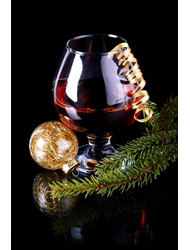
David on Technical Topics – The Traditional Christmas Spirit
Brandy has been the traditional spirit of Christmas since the sixteenth century and was immortalised by Dickens in Mrs Cratchit’s Christmas pudding, “blazing in half of half a quarter of ignited brandy”. But it is said that cognac was recognised in 1540 after a Chevalier du Maron took two casks of newly reduced or distilled wine to a local monastery near La Rochelle. The monks tasted one of them and found it to be fiery and tasteless so left the other cask unopened. Many years later they found the unopened cask, the contents of which had matured and were very… Read more
David on Technical Topics – Cognac Distillation, The Wine Reduction
Cognac Distillation – The Wine Reduction In the 16th and 17th centuries, the brandies produced in the Charente were reduced by distillation as this made them easier to ship abroad. The risk of low alcohol wines going off before they reached their destination was avoided and the intention was to cut them back with water before they were consumed. But the Cognaçaise soon found that keeping the strong wines in barrels changed them for the better and so they started to learn the skills of distillation. The basic concept of distillation is that you boil the wines, collect the vapours… Read more
David on Technical Topics – Cognac Distillation, The Still
The cognac distillation process is the most technical part of making the golden nectar. It is the stage where the wine is reduced to a spirit, which we refer to as ‘eau de vie’. Distillation is carried out twice. The first time it changes the wine to a ‘brouillis’, a cloudy liquid with a strength of around 27 – 30% alcohol, and then it is distilled again. In this article we will consider the distillation equipment required and next month we will explore the process. The complete distillation process is controlled by the Bureau National Interprofessionel du Cognac (BNIC) and… Read more
